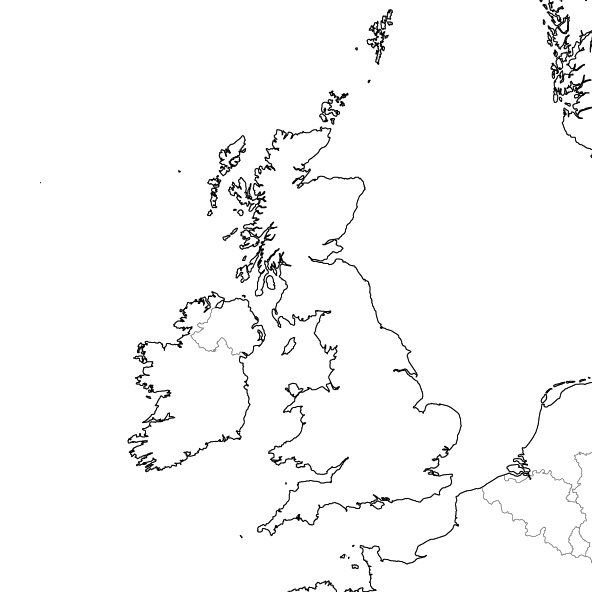Air, Architecture + Other Climates
[50.0° to 61.0° N : Thermal Domains] - 22/23
Ben Pollock + Laura Nica
![Greater London, 10th August 2022 during the North European Heat Wave (image: Sentinel-1 Satellite, ESA)]()

About
The context of our global climate and ecological emergency provides the foundation for all DS18 investigations. We use the architectural project as a tool to test the effects of changing environmental processes on life and design, and to communicate and represent these intangible and entangled global issues to new audiences in new ways. We aim to ground projects through directed and critical research using data, experimental diagrams, cartographic imaginations, and computational tools in order to record, analyse, and communicate the connections between the vast assemblage of project themes, scales, actors, processes, and materials.
The studio continues to explore these issues through the lens of air and its Thermal Domains. As a vehicle of energy, heat radiates, penetrates, destroys, reshapes, and nourishes. Through temperature mapping across graphs and thermometers, our thermal comfort has modified both landscapes and urban environments, and it has become a tool for capturing, channelling, storing, or accelerating energetic dissipation. Throughout this year's design explorations, students endeavoured to test narratives for what future fluctuating thermal systems hold for local ecologies, communities, and inhabitants, and what is architecture's possible role within this - one of resistance, remediation, manipulation of energy, or rebalancing?
In addition, partly driven by geopolitics, socio-economic transition, and policy decisions, it is hard to ignore the relationship between the UK's thermal needs and its entanglement with the current energy and climate crisis. Business as usual, driven by prospective seasonal demand, a lack of energy security, and poor thermal management, looks to have untold social consequences over the coming years. How might locally-driven, community-minded architecture engage with the evolving thermal disturbances and realise a more regenerative or equitable future? To situate these entangled and multiple scaling issues, we will start with a collective UK-wide investigation to identify key territories, critical zones, and pressing themes, then scale down to specific territories and strategic sites of intervention with the main design project.
2021-2022: Climate Futures, Dungeness
2020-2021: Carbon Transitions, UK
2019-2020: +Other Climates, Norway
Guest Critics
Thanks to:
Constantina Avraamides (CA Architecture),
Dhruv Gulabchande (Narrative Practice + HFM Architects)
Emma Colthurst (University of Greenwich)
Findbar Charlesson (dRMM)
Fiona Grieve (Scott Browning Architects)
Fraser Morrison (Future Fields)
Justin Nicholls (Fathom Architects)
Kate Hosking (Squires & Partners)
Lindsay Bremner (University of Westminster)
Omar Ibraz (Foster + Partners)
Oscar Villareal (Lab10 MX)
Rachel Wakelin (Buckley Grey Yeoman)
Raul Bielsa (Prior+Partners/ AAVS Transborder)
Roberto Bottazzi (Bartlett B-Pro)
Sho Ito (University of Westminster)
Special thanks to:
George Herrick - L&P Group

